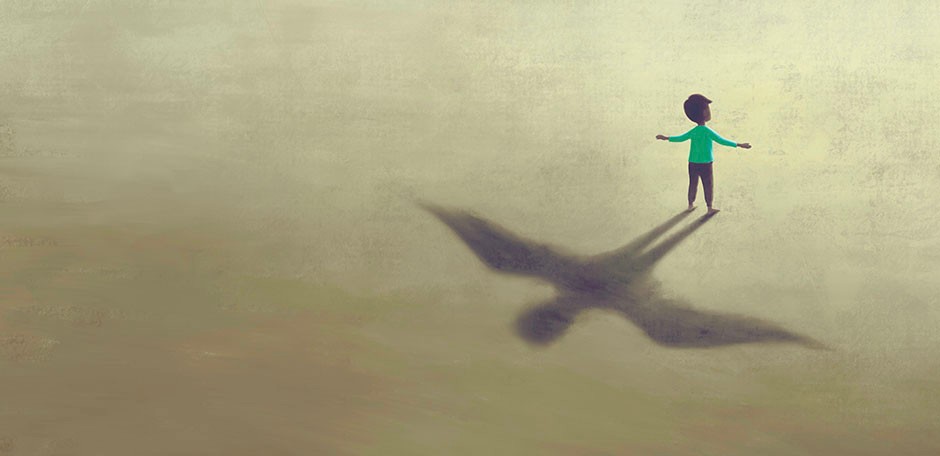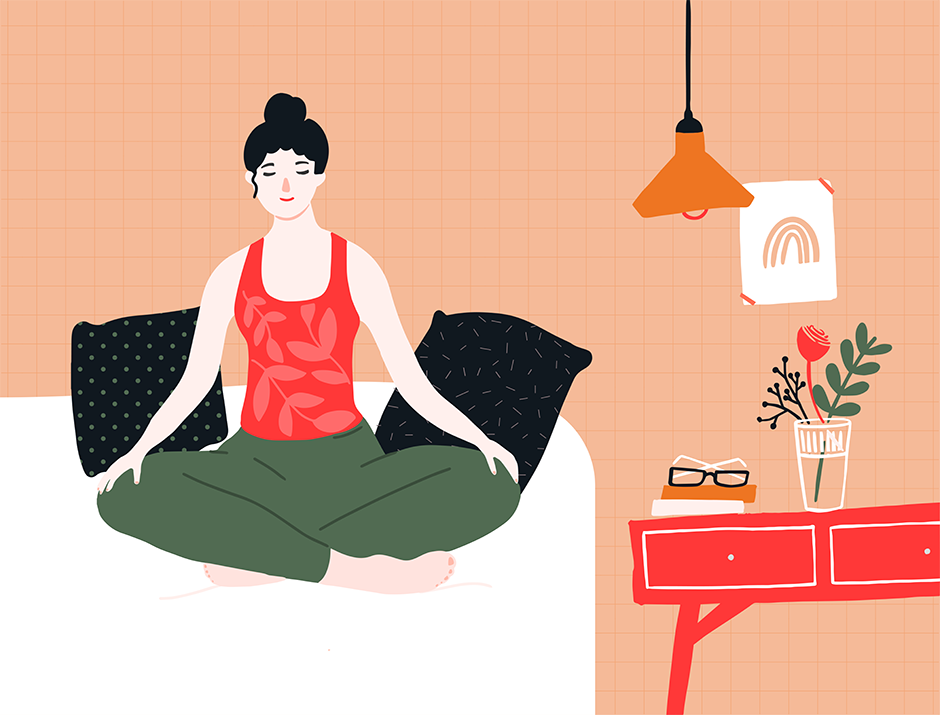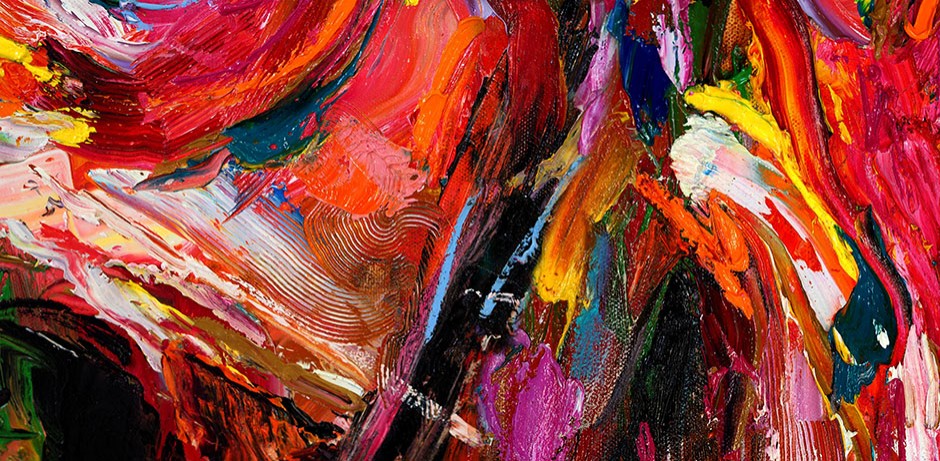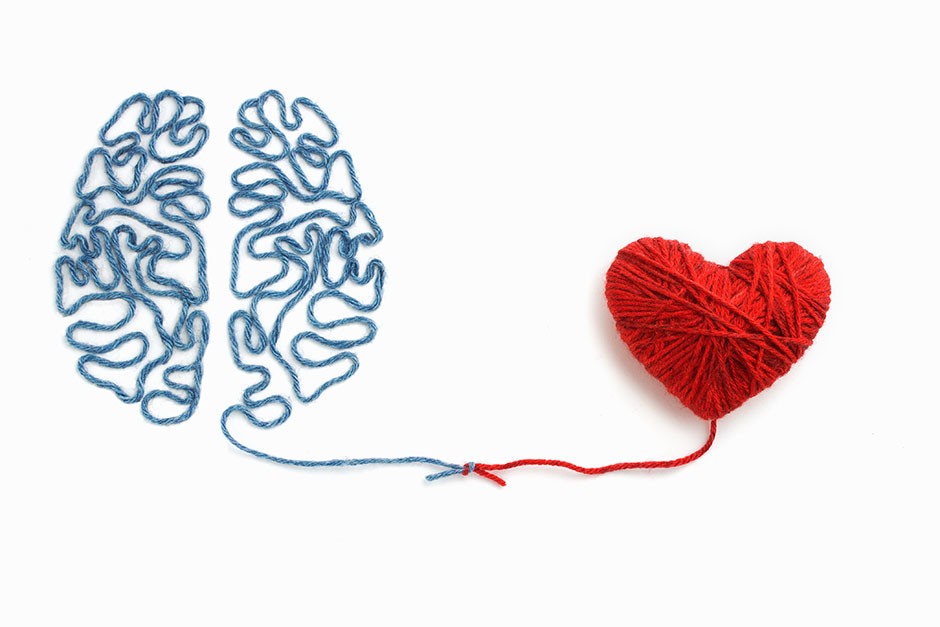Mindfulness as a creative practice
Mindfulness directs our focus to the body and our thoughts and is used to understand ourselves better in terms of stressors and preoccupations. We learn to recognize where we carry tension physically and identify the persistent thoughts which can distract us. Yoga, meditation, even walking mindfully can disrupt and refocus predictable or stagnant thought patterns.
This is particularly important because studies in creativity show that there are specific strategies that one can use to increase both the quantity and the quality of ideas.
For example, alignment means taking an inventory of one’s perceptions: the direct perceptions we gain via the senses as well as the connections we make via memory. It requires alertness to changes and paying attention to outliers—things that seem compellingly different.
Attunement requires us to understand our perceptual tendencies and consciously adjust them so that we approach objects, ideas and problems with a mind open to possibility, an emotional openness anchored in response rather than reaction, and an understanding of the body’s role through movement and sensation.
How do alignment and attunement function as creative habits of mind?
It may seem counterintuitive to impose limitations on creative thought through mindfulness. However, alignment and attunement help us to be more flexible and judicious, making better sense of random thoughts that occur during ideation.
Aligning and attuning to your surroundings helps the imaginative process of creativity by developing mindfulness of your own responses, paying attention to what memories are evoked. They help make new connections between your observations and your memories.
How to practice alignment and attunement
One simple model which applies alignment and attunement is found in an artful thinking routine that came out of Harvard’s Project Zero called ‘See -Think - Wonder'. Designed as a strategy for educators and learners, the purpose of this routine is to allow students time to thoughtfully consider what they’re observing, and what those observations mean.
The first step involves close observation of an object or problem: What do you see? You might think this seems obvious, but it requires making no assumptions regarding meaning. Be as concrete as possible and try to avoid making instant connections.
The second step is to analyse your observations in order to determine which are meaningful. What did you notice? What do you think about it?
Lastly, What does it make you wonder? involves asking questions, expressing feelings or considering ideas that extend from the object or problem. Taking what you thought and letting your imagination run wild.


 Credit: Shutterstock
Credit: Shutterstock
 Credit: Shutterstock
Credit: Shutterstock
 Credit: Shutterstock
Credit: Shutterstock
 Credit: Shutterstock
Credit: Shutterstock
 Credit: Shutterstock
Credit: Shutterstock
